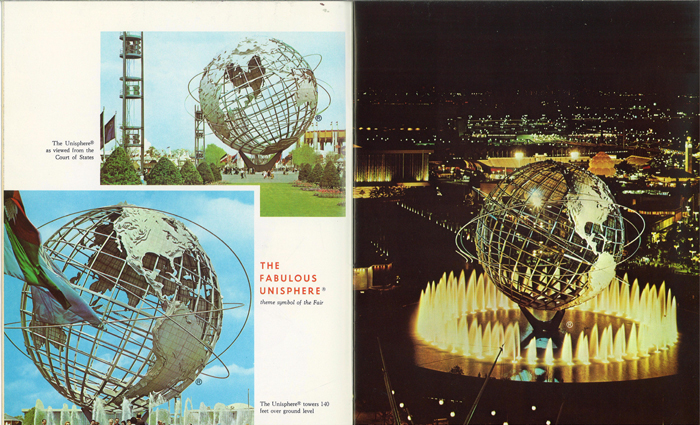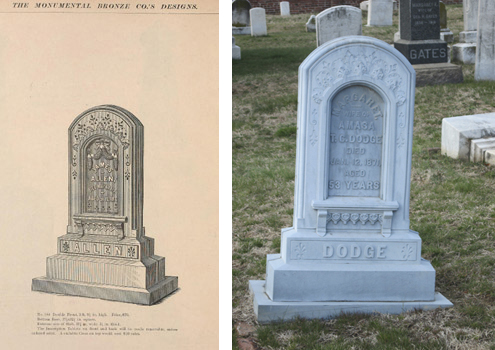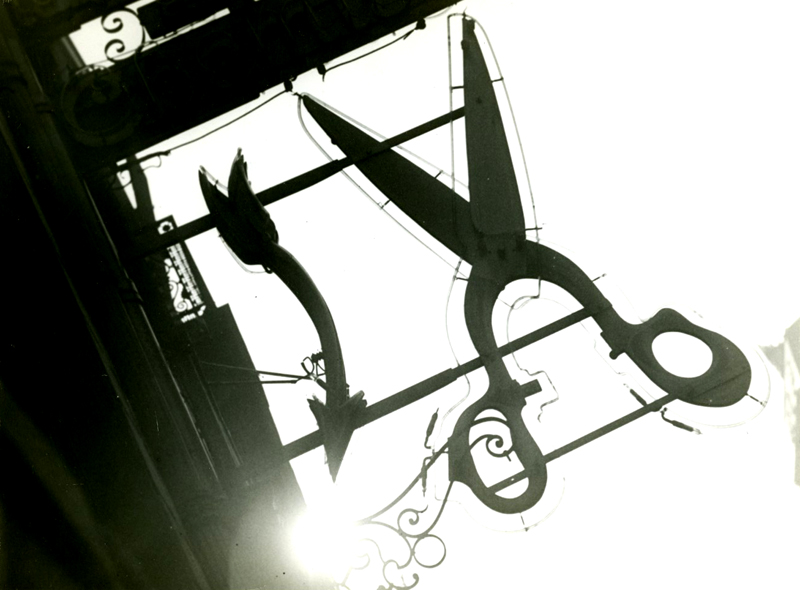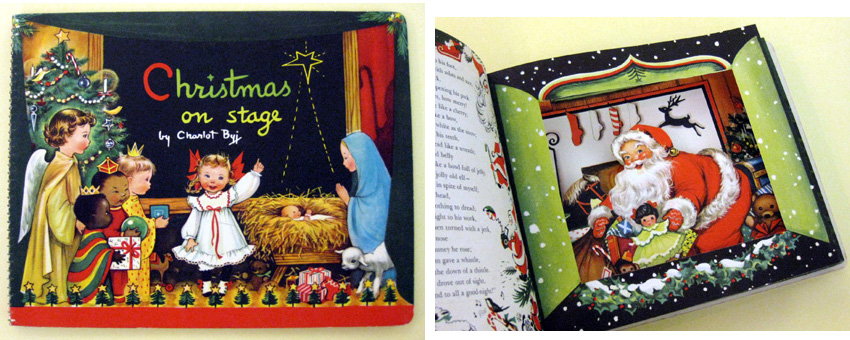The Cooper-Hewitt National Design Library owns many types of pattern books for architecture, textiles, wall coverings, and ornament for use by designers. Among our more unusual “how to” pattern books and trade catalogs are two recently digitized hair jewelry pattern books – The jewellers’ book of patterns in hair work and Charles T. Menge’s price list of ornamental hair jewelry and device work.
Author: Elizabeth Broman

Earlier this year, the Cooper-Hewitt Library was awarded a Smithsonian CCPF 2014 (Collections Care and Preservation Fund) grant to continue the conservation work we started based on a CCPF funded condition survey of our Special Collections in 2010.
This summer, Library intern Alana Jiwa is focusing on custom enclosures for our rare folio sized materials. She is measuring books, using a new custom made folio sized book measurer made by Don Stankavage in the SIL Book Conservation Lab. Stay tuned for progress reports from Alana…

The Cooper-Hewitt Library has a large collection of over 2,000 World’s fair catalogues and books. Many are the official guidebooks that visitors could purchase with descriptions of pavilions and that helped locate sights and other points of interest. As a teenager, my mother had loved the 1939 World’s fair, so that when it came to New York City again in 1964-65, she wanted to see another World’s fair and have us children experience the same excitement and wonder.

This Catalogue of the Monumental Bronze Co. is one of the many examples of trade literature that the Cooper-Hewitt National Design Library has in its collection; they are among the most valuable research resources for documenting the tastes and trends of culture, and the products being marketed and sold in a given time period. These are Victorian era zinc sculpture and ornaments for cemetery grave markers and “monuments”. “White bronze” was an attractive, elegant trade name for zinc. It actually has a bluish gray color and is easy to spot from quite a distance amongst the more traditional and widely used traditional marble, limestone and granite memorials in cemeteries.

Born in upstate New York, Thérèse Bonney(1897-1978), was a photojournalist whose work reflected a wide variety of interests and subjects. She studied at the University of California at Berkeley and Radcliffe College in the 1910s. Bonney immigrated to France in 1919 where she became one of the first ten women to graduate from the Sorbonne and founded the first American illustrated press service in Europe, the Bonney Service, in 1924.
The Smithsonian Women’s Committee granted the Cooper-Hewitt National Design Library an award in 2012-13 for the preservation and re-housing of two important and rare embroidery and lace manuals dating from the early 17th and late 18th century. Due to their poor and fragile condition, they could not be handled and would have continued to deteriorate if left untreated.

